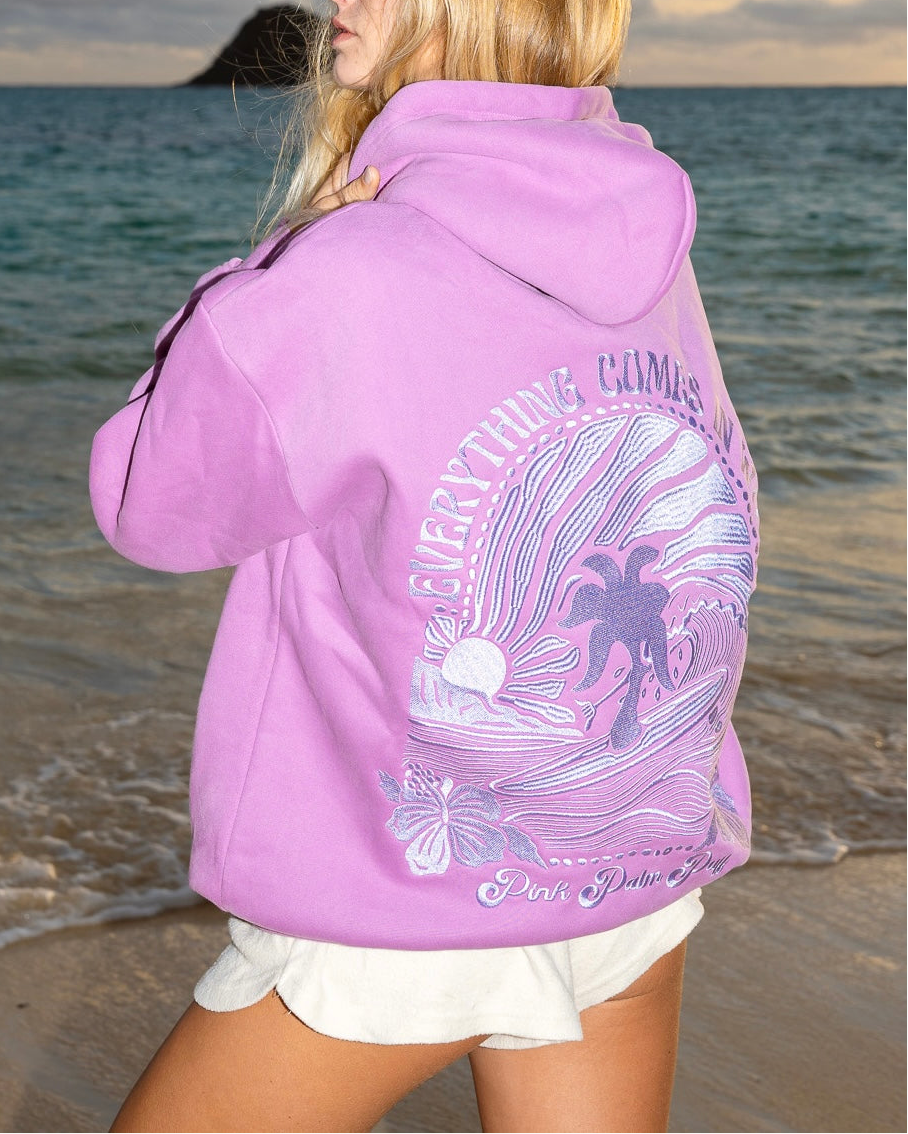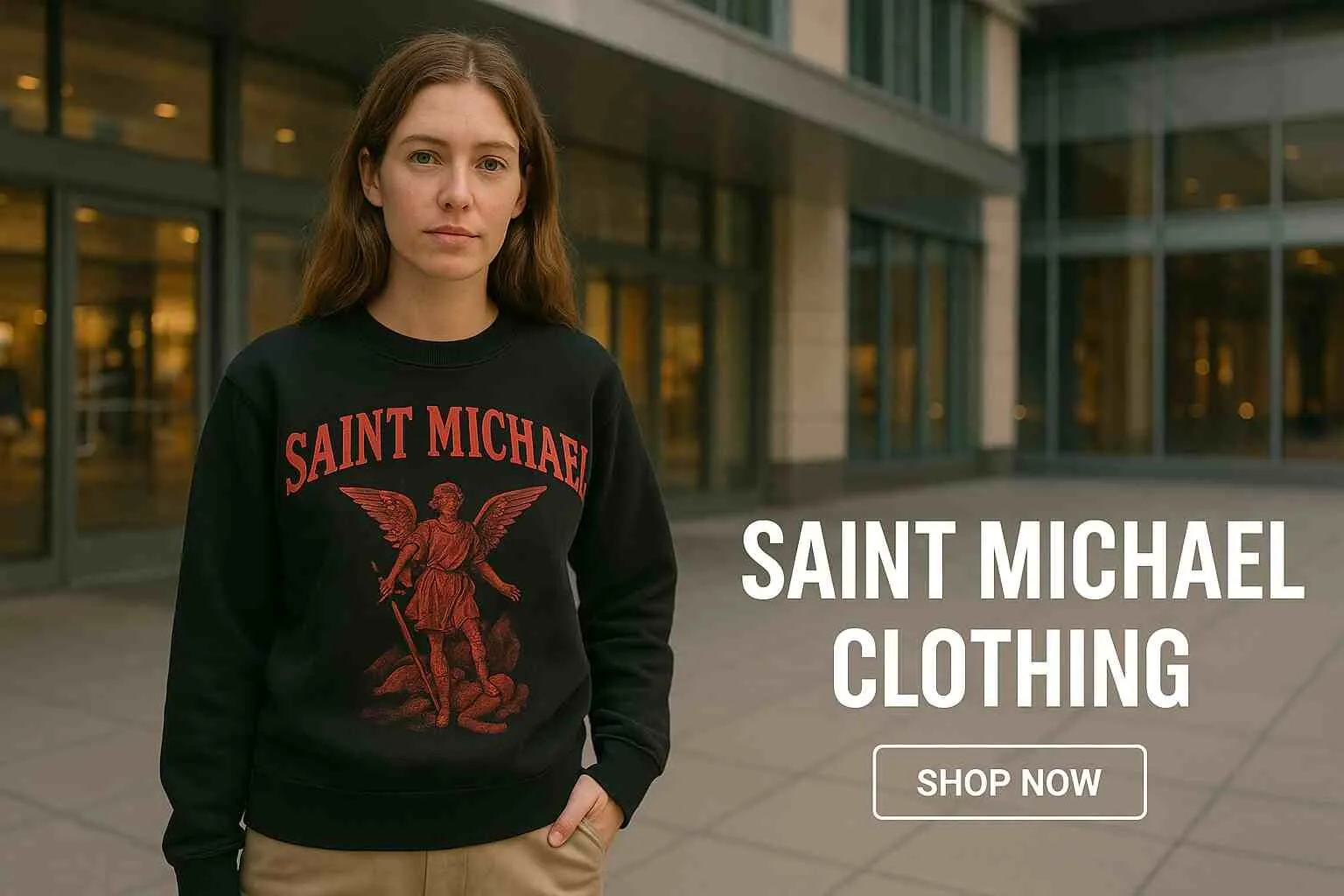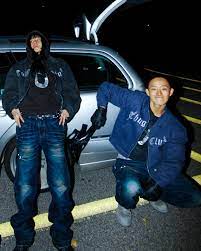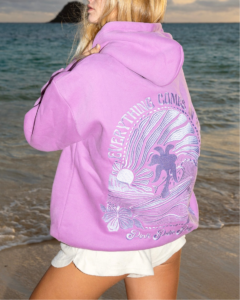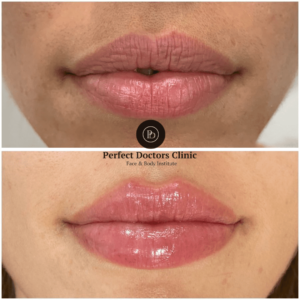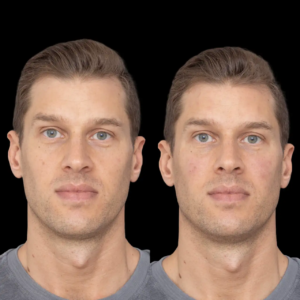When Did Men’s Gothic Clothing Become a Trend?
Men’s gothic clothing is one of the most recognizable and expressive styles in alternative fashion. Defined by dark colors, dramatic silhouettes, and emotional depth, the gothic look has become a symbol of individuality and rebellion. But the question remains: when did men’s gothic clothing actually become a trend? Although its visual inspiration stretches back through history, the rise of gothic fashion as a modern cultural movement occurred during a specific and impactful period. Understanding this timeline helps us appreciate how gothic clothing evolved into the powerful style it is today.
Historical Influences Before the Trend
Long before gothic fashion became a defined trend, its foundations were visible in several historical eras. Medieval and Victorian clothing, with their long coats, layered fabrics, deep color palettes, and intricate detailing, played a major role in shaping the gothic aesthetic. Men’s clothing in these periods often emphasized elegance mixed with mystery, creating an atmosphere that resonates strongly with today’s gothic style. Romantic literature also contributed greatly. Writers such as Edgar Allan Poe and the rise of the Gothic Revival influenced the themes of darkness, emotion, and beauty that still define gothic fashion. Although these influences were not trends themselves, they created the cultural backdrop for the style that would emerge later.
The 1980s: The Beginning of the Gothic Trend
The true rise of men’s gothic clothing as a trend began in the early 1980s. This decade marked the birth of the gothic subculture, which grew out of the post-punk movement. Bands like Bauhaus, The Cure, and The Sisters of Mercy became central to shaping the gothic identity. Their music introduced a darker, more emotional tone, and their appearance became the blueprint for gothic fashion. Men adopted long black coats, lace shirts, leather jackets, silver accessories, and dramatic hairstyles. For the first time, gothic fashion was no longer just a visual influence but a defined cultural trend connected directly to music and youth identity. This era represents the official starting point of men’s gothic clothing as a recognized and influential movement.
The 1990s: Expansion into Mainstream Culture
During the 1990s, gothic fashion expanded beyond underground music scenes and entered mainstream alternative culture. This growth was driven by the rise of industrial and metal music, as well as films that showcased dark, emotional, and supernatural styles. Characters dressed in black leather, long coats, and gothic-inspired outfits created a new level of popularity for the look. Clothing brands and alternative stores began selling gothic-inspired pieces, making the style more accessible to a wider audience. Men’s gothic clothing became not only a subculture identity but also a fashion choice embraced by people who simply appreciated its dark beauty and expressive nature.
The 2000s: Cultural Fusion and Global Reach
In the early 2000s, men’s gothic fashion blended with other alternative styles, including emo, punk, and cyber aesthetics. This fusion gave gothic clothing a modern twist and helped the trend spread globally through the internet and pop culture. The introduction of black skinny jeans, studded accessories, and long coats became common among young people, making gothic fashion a versatile and widely recognized style. Movies, music videos, and online communities kept the trend alive and continuously evolving. Gothic clothing transformed into a flexible form of expression that adapted to new generations while keeping its core identity intact.
Conclusion
Men’s gothic clothing officially became a trend in the 1980s, driven by the rise of gothic rock and the post-punk movement. However, its roots extend into earlier historical periods, and its evolution continued through the 1990s, 2000s, and beyond. Today, gothic fashion remains a timeless expression of individuality, creativity, and emotional depth. Its ability to merge history, art, and modern culture is what continues to make it a powerful and enduring part of alternative fashion.

